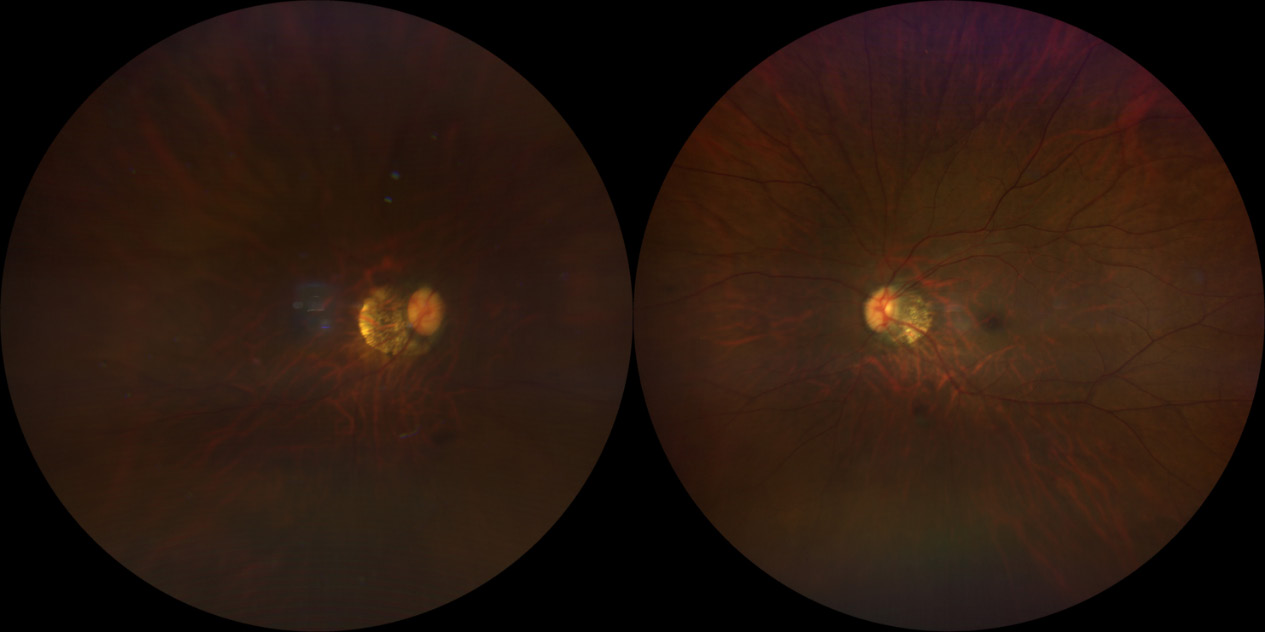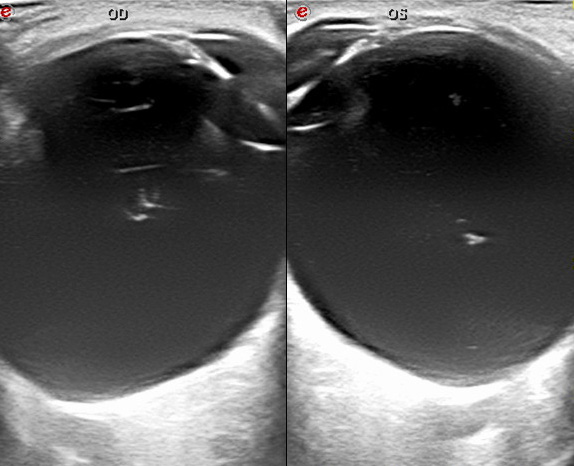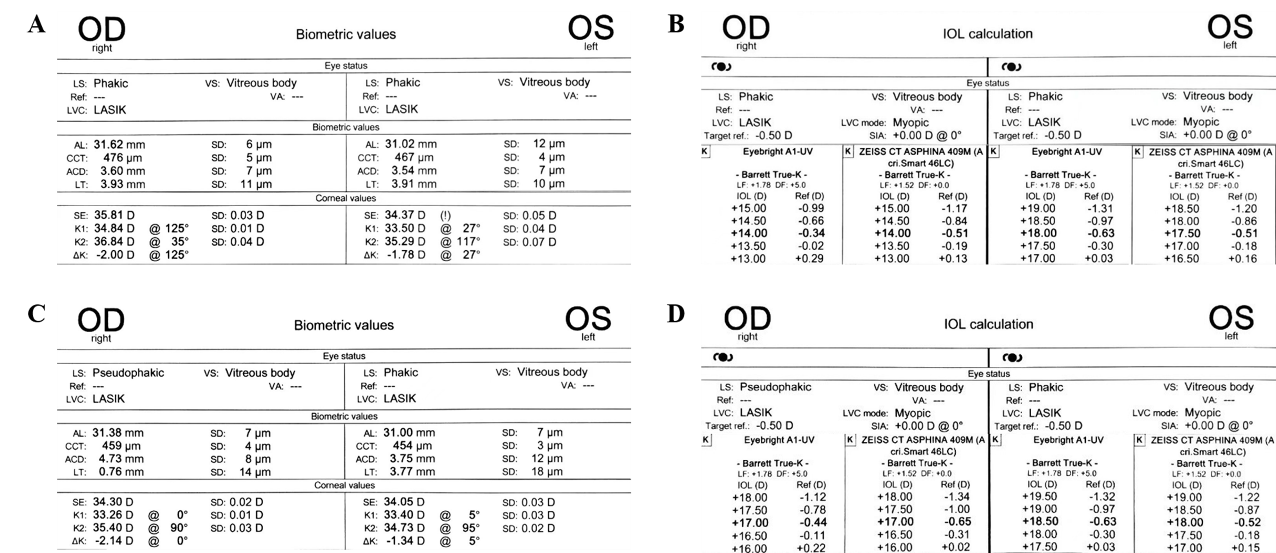1、Savini G, Hoffer KJ. Intraocular lens power calculation in eyes with
previous corneal refractive surgery[ J]. Eye Vis, 2018, 5: 18.Savini G, Hoffer KJ. Intraocular lens power calculation in eyes with
previous corneal refractive surgery[ J]. Eye Vis, 2018, 5: 18.
2、Abulafia A, Hill WE, Koch DD, et al. Accuracy of the Barrett True-K
formula for intraocular lens power prediction after laser in situ
keratomileusis or photorefractive keratectomy for myopia[ J]. J Cataract
Refract Surg, 2016, 42(3): 363-369.Abulafia A, Hill WE, Koch DD, et al. Accuracy of the Barrett True-K
formula for intraocular lens power prediction after laser in situ
keratomileusis or photorefractive keratectomy for myopia[ J]. J Cataract
Refract Surg, 2016, 42(3): 363-369.
3、Shammas HJ. Intraocular IOL power calculations (Illustrated ed)[M].
Thorofare, NJ: SLACK Incorporated, 2004.Shammas HJ. Intraocular IOL power calculations (Illustrated ed)[M].
Thorofare, NJ: SLACK Incorporated, 2004.
4、Olsen T. Sources of error in intraocular lens power calculation[ J]. J
Cataract Refract Surg, 1992, 18(2): 125-129.Olsen T. Sources of error in intraocular lens power calculation[ J]. J
Cataract Refract Surg, 1992, 18(2): 125-129.
5、Kanthan GL, Mitchell P, Rochtchina E, et al. Myopia and the long-term
incidence of cataract and cataract surgery: the Blue Mountains Eye
Study[ J]. Clin Exp Ophthalmol, 2014, 42(4): 347-353.Kanthan GL, Mitchell P, Rochtchina E, et al. Myopia and the long-term
incidence of cataract and cataract surgery: the Blue Mountains Eye
Study[ J]. Clin Exp Ophthalmol, 2014, 42(4): 347-353.
6、李修远, 常平骏, 赵云娥. 人工晶状体屈光度计算公式中有效晶
状体位置的预测及其影响因素[ J]. 国际眼科纵览, 2021, 45(5):
409-414.
Li XY, Chang PJ, Zhao YE. Prediction of effective lens position in intraocular lens calculation formula and its influencing factors[ J]. Int
Rev Ophthalmol, 2021, 45(5): 409-414.李修远, 常平骏, 赵云娥. 人工晶状体屈光度计算公式中有效晶
状体位置的预测及其影响因素[ J]. 国际眼科纵览, 2021, 45(5):
409-414.
Li XY, Chang PJ, Zhao YE. Prediction of effective lens position in intraocular lens calculation formula and its influencing factors[ J]. Int
Rev Ophthalmol, 2021, 45(5): 409-414.
7、Hoffer KJ. Intraocular lens power calculation for eyes after refractive
keratotomy[ J]. J Refract Surg, 1995, 11(6): 490-493.Hoffer KJ. Intraocular lens power calculation for eyes after refractive
keratotomy[ J]. J Refract Surg, 1995, 11(6): 490-493.
8、Haigis W. Intraocular lens calculation after refractive surgery for
myopia: Haigis-L formula[ J]. J Cataract Refract Surg, 2008, 34(10):
1658-1663.Haigis W. Intraocular lens calculation after refractive surgery for
myopia: Haigis-L formula[ J]. J Cataract Refract Surg, 2008, 34(10):
1658-1663.
9、Shammas HJ, Shammas MC. No-history method of intraocular
lens power calculation for cataract surgery after myopic laser in situ
keratomileusis[ J]. J Cataract Refract Surg, 2007, 33(1): 31-36.Shammas HJ, Shammas MC. No-history method of intraocular
lens power calculation for cataract surgery after myopic laser in situ
keratomileusis[ J]. J Cataract Refract Surg, 2007, 33(1): 31-36.
10、Wang L, Booth MA, Koch DD. Comparison of intraocular lens
power calculation methods in eyes that have undergone LASIK[ J].
Ophthalmology, 2004, 111(10): 1825-1831.Wang L, Booth MA, Koch DD. Comparison of intraocular lens
power calculation methods in eyes that have undergone LASIK[ J].
Ophthalmology, 2004, 111(10): 1825-1831.
11、Huang D, Tang M, Wang L, et al. Optical coherence tomography-based
corneal power measurement and intraocular lens power calculation
following laser vision correction (an American Ophthalmological
Society thesis)[ J]. Trans Am Ophthalmol Soc, 2013, 111: 34-45.Huang D, Tang M, Wang L, et al. Optical coherence tomography-based
corneal power measurement and intraocular lens power calculation
following laser vision correction (an American Ophthalmological
Society thesis)[ J]. Trans Am Ophthalmol Soc, 2013, 111: 34-45.
12、Potvin R, Hill W. New algorithm for intraocular lens power calculations
after myopic laser in situ keratomileusis based on rotating Scheimpflug
camera data[ J]. J Cataract Refract Surg, 2015, 41(2): 339-347.Potvin R, Hill W. New algorithm for intraocular lens power calculations
after myopic laser in situ keratomileusis based on rotating Scheimpflug
camera data[ J]. J Cataract Refract Surg, 2015, 41(2): 339-347.
13、Olsen T, Hoffmann P. C constant: new concept for ray tracing-assisted
intraocular lens power calculation[ J]. J Cataract Refract Surg, 2014,
40(5): 764-773.Olsen T, Hoffmann P. C constant: new concept for ray tracing-assisted
intraocular lens power calculation[ J]. J Cataract Refract Surg, 2014,
40(5): 764-773.
14、Kane JX, Van Heerden A, Atik A, et al. Accuracy of 3 new methods
for intraocular lens power selection[ J]. J Cataract Refract Surg, 2017,
43(3): 333-339.Kane JX, Van Heerden A, Atik A, et al. Accuracy of 3 new methods
for intraocular lens power selection[ J]. J Cataract Refract Surg, 2017,
43(3): 333-339.
15、Connell BJ, Kane JX. Comparison of the Kane formula with existing
formulas for intraocular lens power selection[ J]. BMJ Open
Ophthalmol, 2019, 4(1): e000251.Connell BJ, Kane JX. Comparison of the Kane formula with existing
formulas for intraocular lens power selection[ J]. BMJ Open
Ophthalmol, 2019, 4(1): e000251.
16、Barrett GD. An improved universal theoretical formula for intraocular
lens power prediction[ J]. J Cataract Refract Surg, 1993, 19(6): 713-
720.Barrett GD. An improved universal theoretical formula for intraocular
lens power prediction[ J]. J Cataract Refract Surg, 1993, 19(6): 713-
720.
17、Wang L, Tang M, Huang D, et al. Comparison of newer intraocular lens
power calculation methods for eyes after corneal refractive surgery[ J].
Ophthalmology, 2015, 122(12): 2443-2449.Wang L, Tang M, Huang D, et al. Comparison of newer intraocular lens
power calculation methods for eyes after corneal refractive surgery[ J].
Ophthalmology, 2015, 122(12): 2443-2449.





